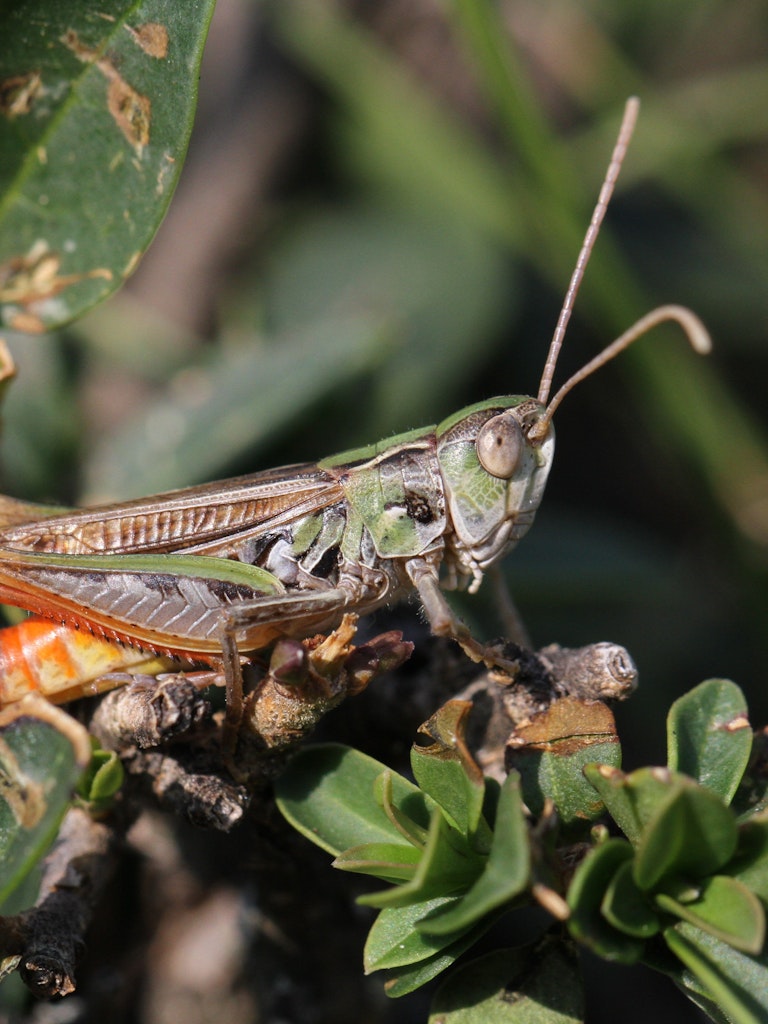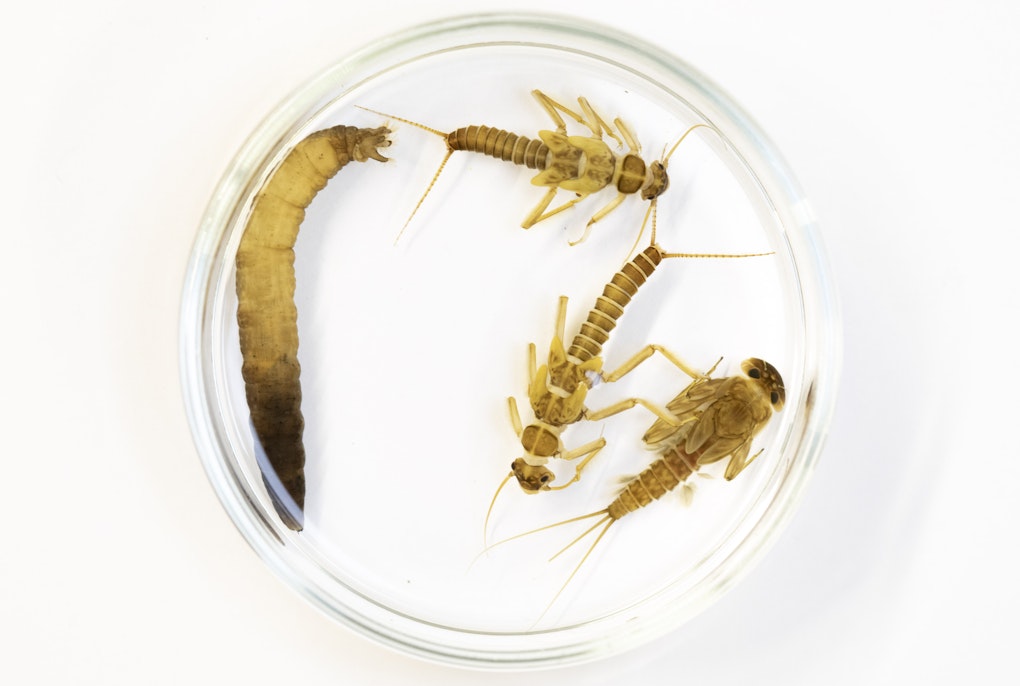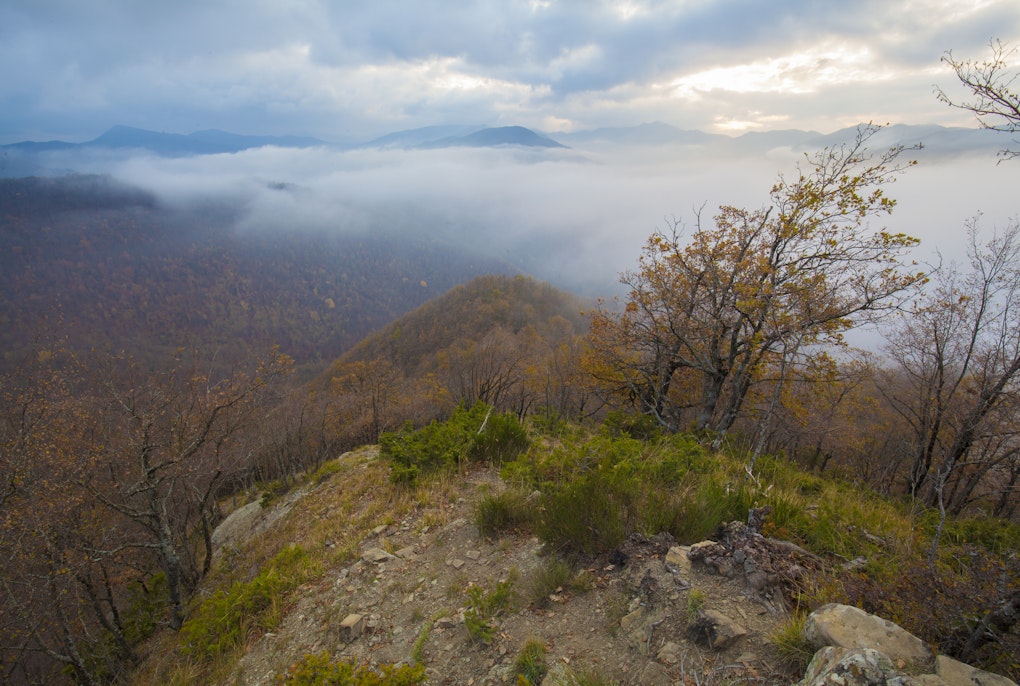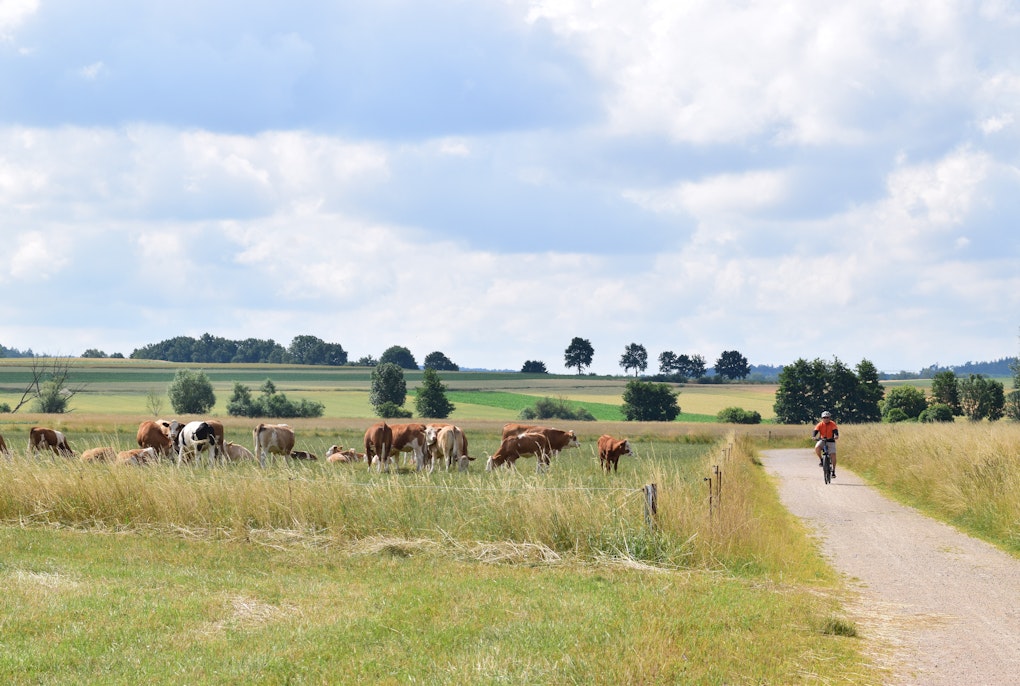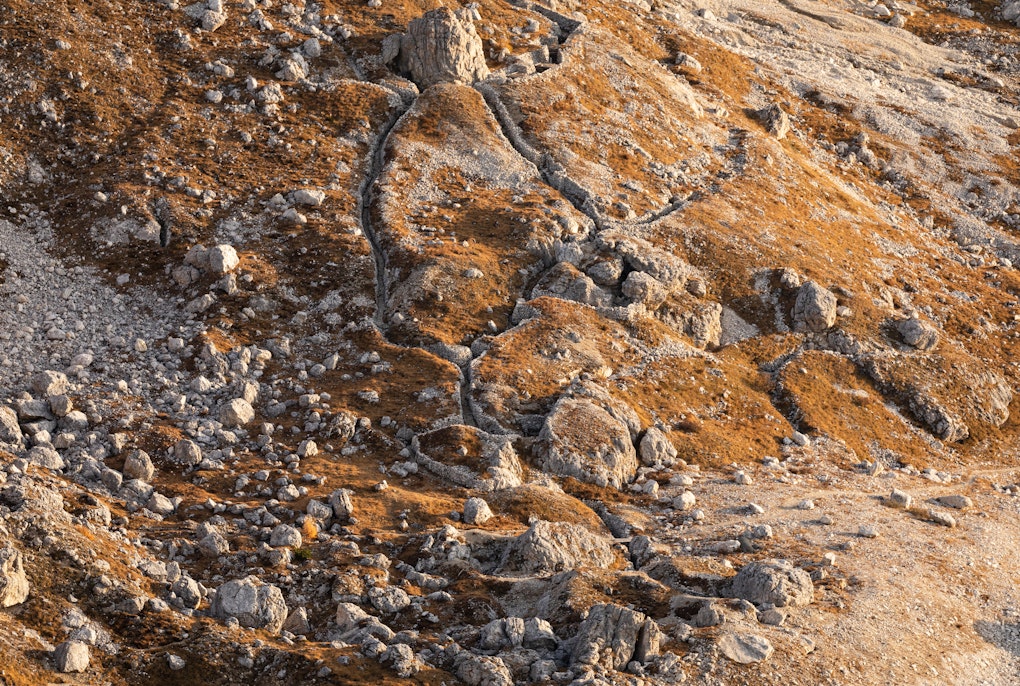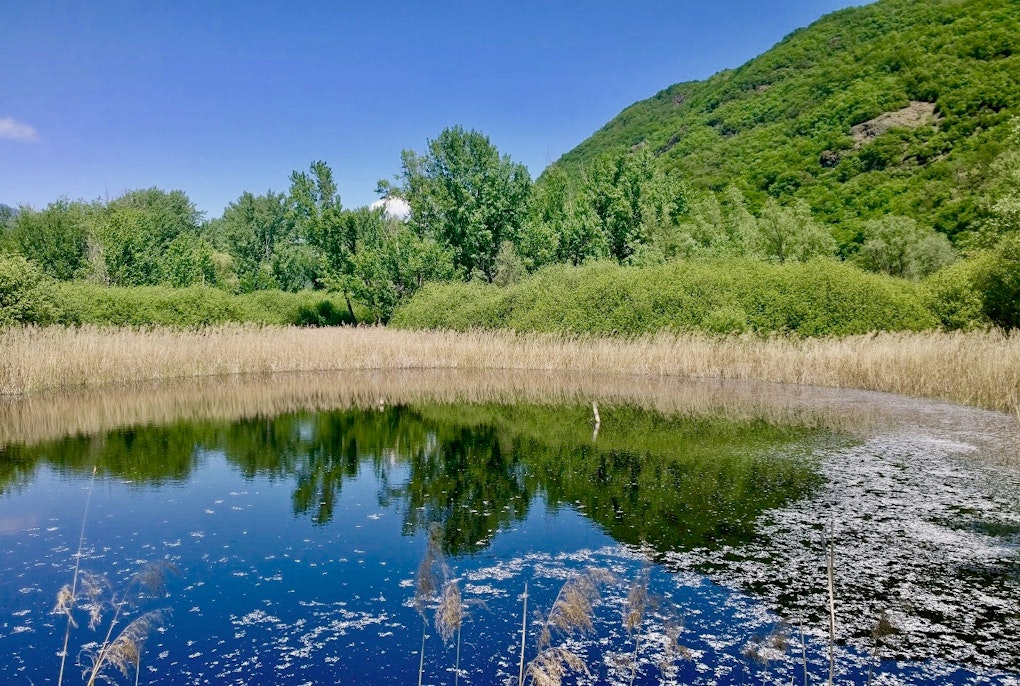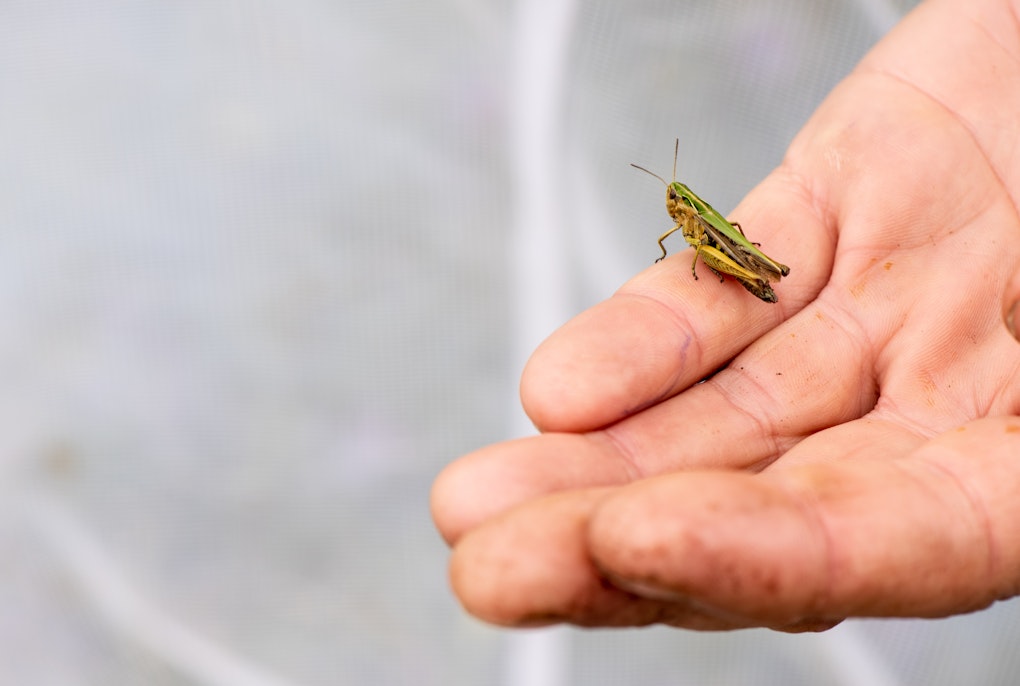Researchers examined the animal and plant species that inhabit the steppe zones on different continents, from Spain to Kazakhstan, and came to surprising conclusions. Among the areas studied were the steppes of the inland Alps such as those found in the Vinschgau Valley.
Steppe areas are ecosystems rich in flora and fauna that have adapted to their particular climatic conditions, characterised by drought and large temperature fluctuations. These areas are the focus of an extensive international study led by the University of Innsbruck. The researchers - among them Eurac Research's Alpine environment experts - examined the animal and plant species that inhabit the steppe zones on different continents, from Spain to Kazakhstan, and came to surprising conclusions. Among the areas studied were the steppes of the inland Alps such as those found in the Vinschgau Valley.
The researchers focused on three species of plants, two grasshopper species and an ant species. These organisms are typical to both the Central Asian steppe - the large belt stretching from Mongolia to the Romanian Black Sea coast - and the small isolated habitats located in the inland Alps. 465 populations were collected, their DNA extracted and most of their genome sequenced. In this way, the researchers were able to show the kinship relations between the species and clarify their evolutionary history. "We observed that the animal and plant populations of the Inner Alps and South-Western Europe differ markedly from those in the Eurasian area. This suggests that for some of the species analysed, a separation occurred about two million years ago," explains Eurac Research’s Andreas Hilpold. The differentiation is linked to the fact that European species have been separated from those of the Asian steppes since the beginning of the Ice Age. "For some of the species, it will be necessary to consider the populations of internal Alpine and western Europe as separate species in future" adds Hilpold. Vinschgau - Val Venosta was also among the areas studied. With its steep slopes exposed to the sun and low rainfall, it is an isolated steppe area in the inner Alps. Despite its relatively small size, the Vinschgau Valley area has animal and plant species similar to those of the large Asian steppe belt and it is essential to preserve these species in order to protect Eurasian biodiversity. "The grasshopper of the species Stenobothrus nigromaculatus, found in the Vinschgau Valley is also common in the Central Asian steppe. However, our study has shown that it would be serious if the Vinschgau populations were to disappear because from a genetic point of view they are very different from the Asian populations," warns Hilpold. Within the same animal or plant species, a marked genetic diversity is indeed essential to resist disease and other negative influences and therefore necessary for survival. As the researcher points out, with this premise it is even clearer how globally important the conservation of the Vinschgau steppe areas is.
The project was carried out by researchers from the Universities of Salzburg, Vienna, Prague, Ancona, Eurac Research (Bolzano) and the Botanical Garden of Madrid under the coordination of the University of Innsbruck. The results were published in the prestigious journal Nature Communications in the open access article: “Long-term isolation of European steppe outposts boosts the biome’s conservation value”.
South Tyrol's dry meadows are just one of the areas of focus for Eurac Research's biologists. As part of the ongoing, multi-year project "Biodiversity Monitoring in South Tyrol", researchers are studying a series of dry meadows with steppe characteristics.
